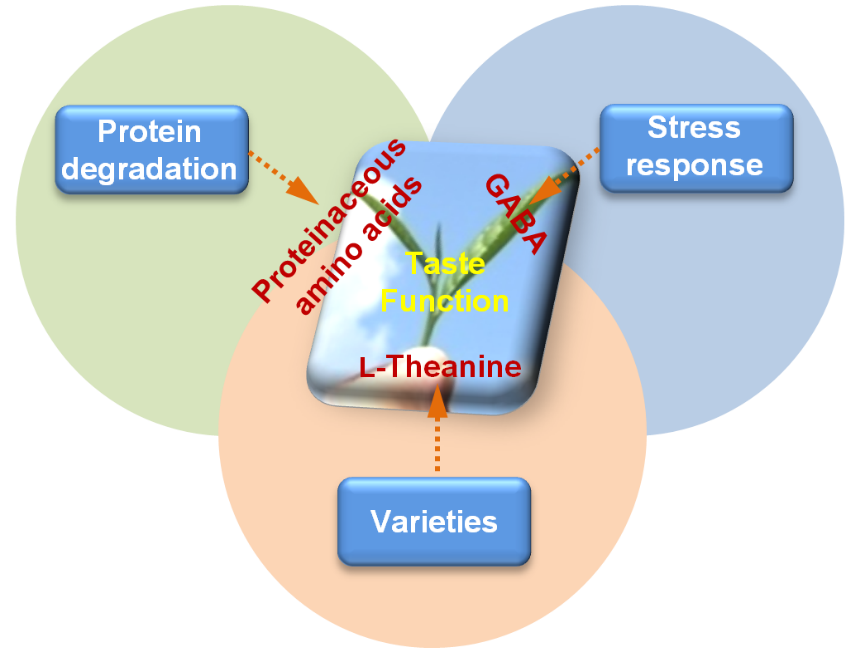

A recent research paper published in Critical Reviews in Food Science and Nutrition reviews the regulatory mechanisms for the biosynthesis and metabolism of proteinaceous and non-proteinaceous amino acids in tea (Camellia sinensis).
Tea is the most popular beverage next to water throughout the world, which is attributed to heath benefit functions, and unique flavor of tea leaves. Amino acids are the main contributors to function and flavor of teas. Tea leaves contain not only proteinaceous amino acids but also non-proteinaceous amino acids such as L-theanine (that is the amino acid with the highest content in tea) and g-aminobutyric acid (GABA).
In this review, the knowledge of biosynthesis, metabolisms, and regulation mechanisms of the proteinaceous and non-proteinaceous amino acids is summarized, from the four aspects including resource selection, preharvest environment, postharvest manufacture, and deep process.
High accumulations of proteinaceous amino acids mainly result from protein degradation, which occurs in each tea stage, including preharvest, postharvest, manufacturing, and deep processing.
L-Theanine accumulation is mainly influenced by the variety, and GABA formation and accumulation are responses to stress. The combination of anoxic stress and wounding are essential for a high GABA accumulation.
In conclusion, understanding the mechanisms for the biosynthesis and metabolism of proteinaceous and non-proteinaceous amino acids during the whole process from raw materials to tea products contributes to the future development of new techniques for improving tea function and quality.
For further reading, please refer to the paper entitled “Understanding different regulatory mechanisms of proteinaceous and non-proteinaceous amino acid formation in tea (Camellia sinensis) provides new insights into the safe and effective alteration of tea flavor and function” at https://doi.org/10.1080/10408398.2018.1552245.

Figure. Summary on main factors regulating formations of amino acids in tea leaves

